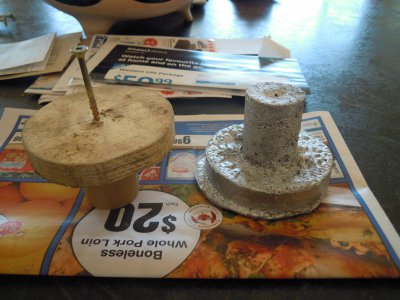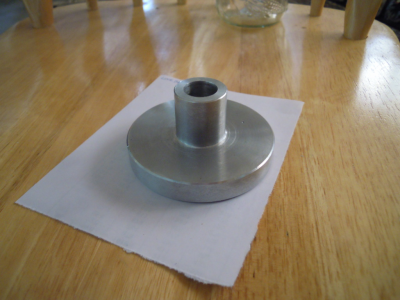- Joined
- Dec 22, 2015
- Messages
- 561
Yesterday was the first time I turned aluminum and thought it was awesome to work with until I started to bore a hole. The tool kept jamming with Aluminum and then would just rub on the surface instead of cutting. I tried difference turning speeds and spraying WD40 into the bore but nothing seemed to work. I kept getting a tapered bore because of it. I had to keep pulling the tool and grinding the Aluminum off the tool and eventually gave up. I finished the bore bore by wrapping emery cloth around a drill bit and running that through the bore until I got it close enough for my little project.
What is the cure for this issue?
Here's a pic of my first ever casting attempt and my first aluminum turning project.


What is the cure for this issue?
Here's a pic of my first ever casting attempt and my first aluminum turning project.



